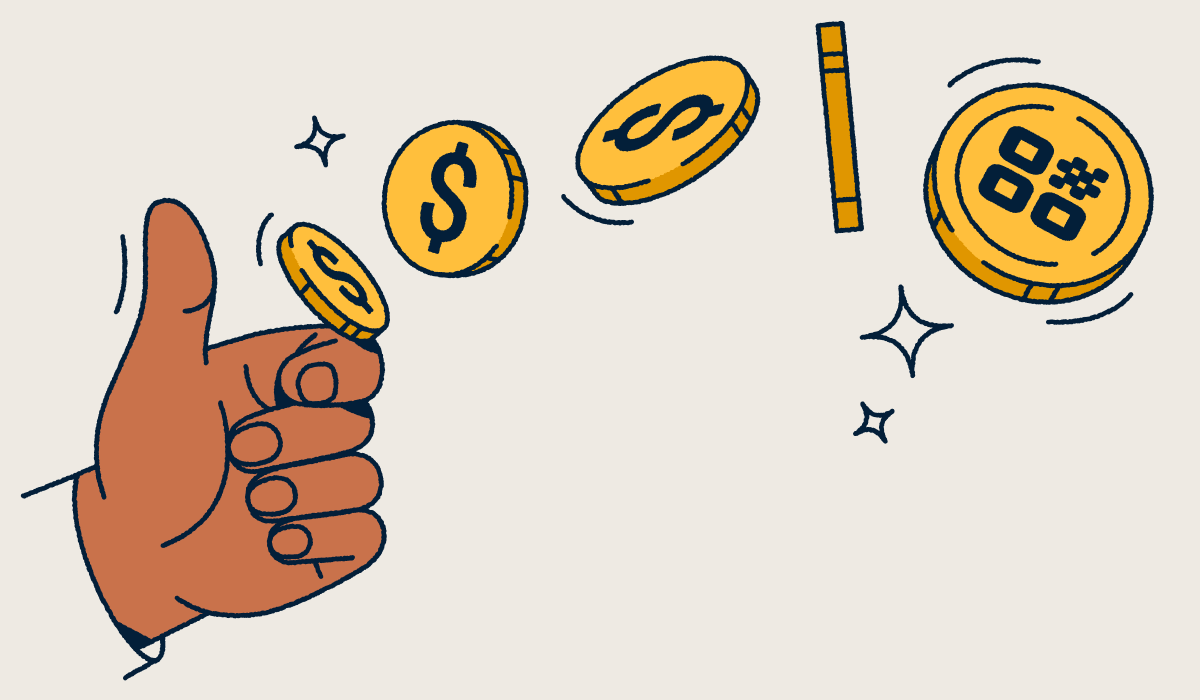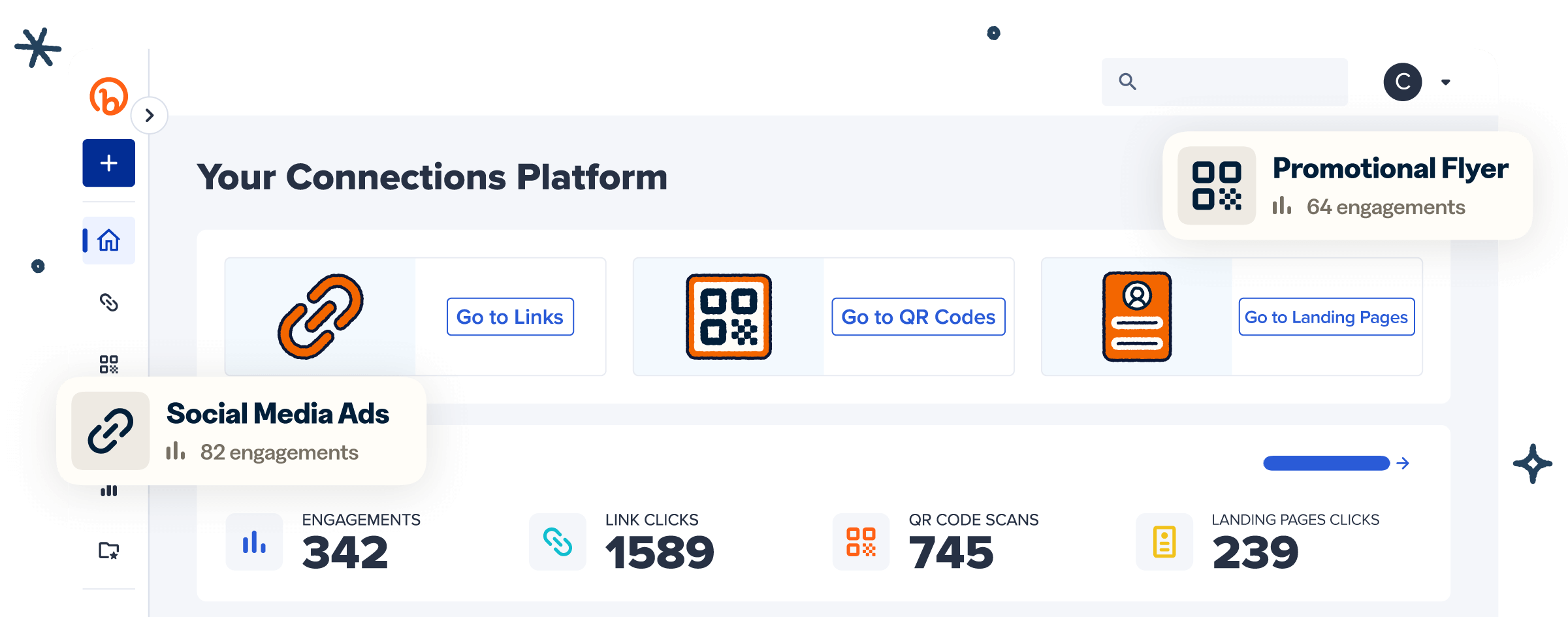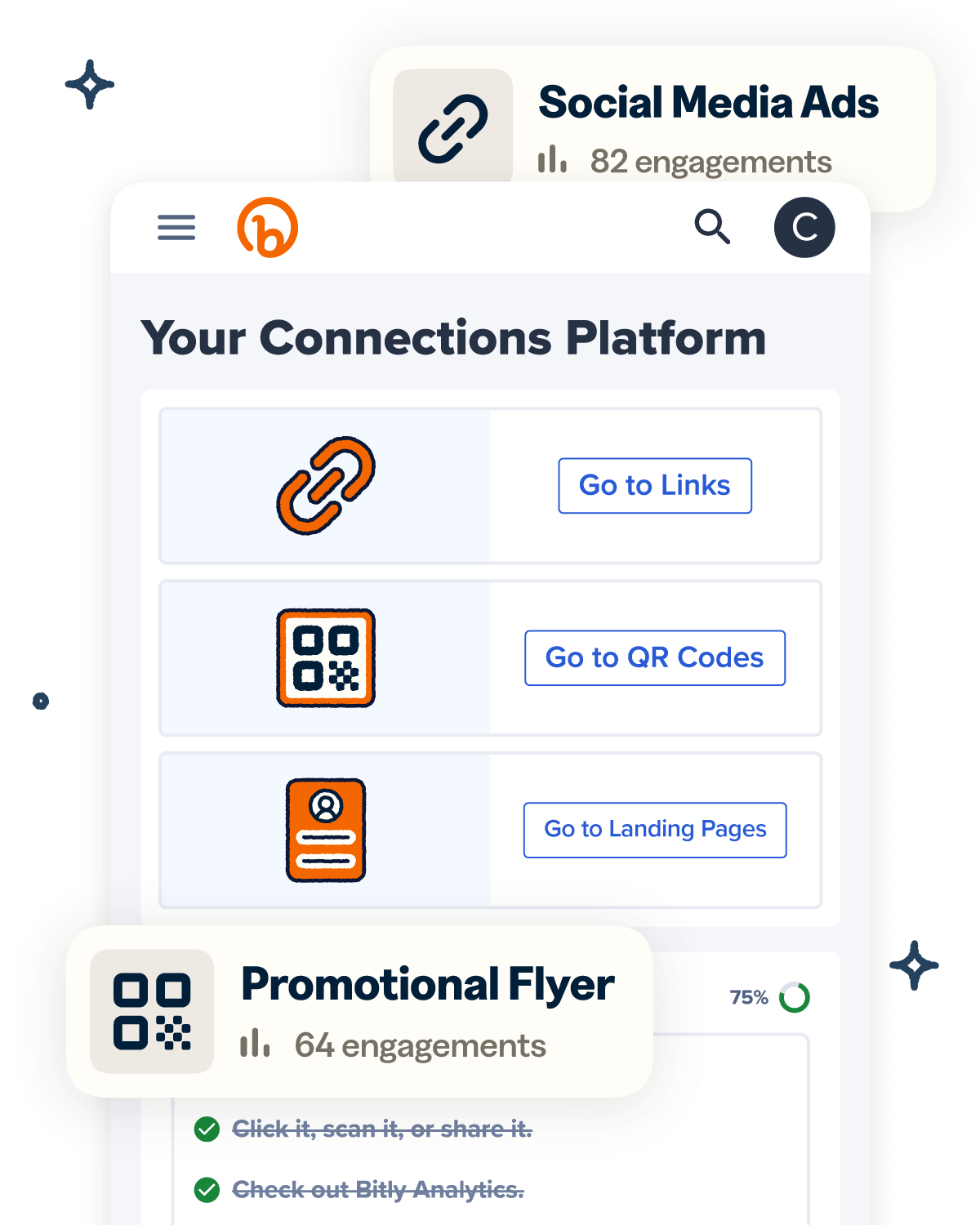In today’s fast-paced retail environment, customers seek quicker, more convenient ways to pay. Traditional payment methods like cash, cards, and even tap-to-pay are being overshadowed by touchless options that save time and reduce friction.
QR Code payments have become a leading solution for businesses, offering a secure and seamless way to access payment portals.
As a business owner, you simply embed your payment link into a QR Code, position it near your checkout station or on product displays, and voilà! Customers can scan the code to initiate the checkout process—no physical contact, no card swipes, and no hassle.
This article explores how to use QR Codes for instant payments and how to implement them in your store to enhance the customer experience.
Note: The brands and examples discussed below were found during our online research for this article.
Why QR Code payments are growing in popularity
Modern shoppers expect easy, fast, and touch-free payment methods, especially following the COVID-19 pandemic and the shift to digital transactions. Offering seamless, contactless payment options can attract 29% of Millennials and 42% of Gen Zs, making QR Codes one of the best alternatives to cash, credit cards, and debit cards.
We know what you’re thinking—aren’t digital wallets like Apple Pay and Google Pay also contactless? While these methods are popular for their touch-free nature, QR Codes offer a simpler solution. QR Codes only require customers to point their smartphone cameras at the code to access payment landing pages and complete transactions.
Moreover, QR Code technology is already widely familiar—over 89 million people in the U.S. scanned a code in 2022—making it a natural choice for businesses looking to adopt a seamless payment solution.
Why businesses should use in-store QR Code payments
With cash transactions declining since the pandemic—physical cash accounted for just 18% of all payments in 2022—adopting cashless solutions like QR Codes has become essential for businesses. Here’s why QR Codes are an excellent choice:
Shorter lines, faster transactions
Unlike cash and card payments, QR Code transactions don’t require counting change, inputting PINs, swiping cards, or any cashier intervention. This can reduce wait times and keep checkout lines moving, maintaining optimal payment experiences.
QR Codes also allow customers to initiate payments from anywhere in your store, reducing the need to stand in line at checkout. This is made possible by adding payment codes to product displays or self-checkout kiosks.
Example: A grocery store introduces QR Codes for self-checkout to reduce congestion at the registers.
No expensive point-of-sale (POS) hardware required
QR Codes reduce reliance on POS hardware, like card readers and cash registers, by turning customers’ mobile devices into payment terminals. All they need to do is scan a designated code with their phones to pay for products.
POS hardware can cost up to $500, with installation fees as high as $1,000 per system. Switching to QR Codes allows businesses to save significantly. These solutions also enable you to expand payment locations without the need for extra hardware—rather than setting up dedicated checkout lanes, you can display payment codes around your store, letting customers check out from anywhere.
Example: A pop-up shop leverages QR Code payments to facilitate transactions, incurring no additional hardware or setup fees.
Secure and fraud-resistant transactions
QR Code payments reduce security risks by eliminating the need for card swiping. Unlike credit card payments, which can be vulnerable to skimming, or debit card payments that expose customers’ PINs, QR Code payments offer a much more secure method for transactions.
The data from these payments is encrypted and transmitted directly from the shopper’s phone to your payment processor, minimizing exposure to fraud. QR Codes also reduce the amount of physical cash in your store, lowering the risk of theft.
Example: A tech store uses encrypted QR Code payments to enhance security for high-value purchases.
Easy integration with loyalty and rewards programs
QR Codes can link to your rewards platform, simplifying the process of integrating and managing your loyalty program. Just link the QR Code to a checkout page via a URL that prompts shoppers to provide their loyalty program details—such as email addresses or membership IDs—or to sign up for your program before completing the transaction. This allows them to enroll quickly and earn points or rewards immediately after purchasing.
Example: A clothing retail store offers reward points when customers pay via QR Code transactions.
How to set up QR Code payments for your store
Setting up QR Code payments is straightforward. Follow these steps to implement them in your store:
Step 1: Choose a payment provider and QR Code generator
Remember, your payment provider and QR Code generator are two separate solutions, so it’s important to choose both carefully. Key considerations include:
- Reputation: Choose reliable, well-regarded solutions with high customer satisfaction.
- Security: Ensure the providers offer encryption and fraud protection for customer data.
- Integration capabilities: Check that the services integrate seamlessly with your existing systems (e.g., ecommerce platforms).
- Ease of use: Opt for providers with an intuitive interface.
Third-party payment processors like PayPal, Stripe, Venmo, and Square are reliable options that provide payment links for customer transactions—which you can use to create branded QR Codes with Bitly. These links can be shortened and customized within the Bitly Connections Platform, allowing you to easily track and optimize payments.
Here’s how to get your payment link:
- Create a payment page with your chosen provider (e.g., Stripe).
- Copy the payment page URL (e.g., “https://buy.stripe.com/xyz123”)—this is what you’ll embed in your QR Code.
- Sign up or log in to Bitly.
- Shorten and brand the payment URL by going to Create new, selecting Links, and entering the URL in the Destination field. You can then customize the link by selecting your own domain, making it more professional and recognizable.
After shortening and branding your URL, it’ll look something like this: https://storepay.shop/checkout
Step 2: Generate and customize QR Codes
Bitly is an excellent choice for generating unique QR Codes because it:
- Offers extensive QR Code customization features: Match your payment QR Codes with your brand by incorporating your logo, colors, and patterns. You can also add calls to action (CTAs) to make your codes stand out.
- Creates Dynamic QR Codes: Easily update the destination URL of Bitly Codes without the need for reprinting materials, which is perfect for promotions or seasonal pricing changes.
- Facilitates real-time tracking for all Bitly products: The Bitly Connections Platform allows you to track payment QR Codes, short links, and landing pages all in one place for holistic campaign monitoring.
To create your payment QR Code via Bitly, simply toggle the QR Code option after shortening your URL. Customize it by selecting your preferred color and uploading your logo to promote brand recognition and build customer trust.
Step 3: Place QR Codes in high-traffic areas
Position your payment QR Codes in high-traffic locations to maximize customer engagement, especially if you’re transitioning to fully contactless payments. Here are some prime spots to consider:
- Checkout counters and POS systems: Encourage quick, touch-free payments while minimizing wait times.
- Product displays and menus: Allow customers to scan and pay from anywhere in your store, eliminating the need to stand in line.
- Self-checkout stations and kiosks: Enable customers to complete their purchases independently—shop, pay, and go.
Be sure to include a clear and concise CTA with every QR Code, such as “Scan to Pay Instantly” or “No cash? No problem! Scan here to complete your purchase.”
Also, train your staff to assist customers who may be unfamiliar with QR Code payments. This will enhance the overall customer experience and encourage quicker adoption.
Step 4: Track and optimize QR Code performance
Tracking QR Code performance provides valuable insights that can help refine your payment strategies and drive higher adoption rates. Bitly Analytics offers real-time data, such as total QR Code scans, scans by location, and scans by device, enabling you to better understand your customers and assess the effectiveness of your QR Code payment system.
Key metrics to track include:
- General customer engagement: Compare total QR Code scans to other transaction data (e.g., credit card swipes) to measure adoption. Run A/B tests with unique QR Codes, experimenting with CTAs, incentives (rewards), or placements to identify what drives the most engagement. Adjust your strategy accordingly to encourage more scans.
- Trends over time: Track scans over time to uncover patterns in your customers’ shopping behavior and optimize promotion timing.
- Devices used: Optimize your payment processes and marketing campaigns by tailoring them for the devices most commonly used by your customers to promote accessibility.
Tracking should be an ongoing process. Regularly review performance metrics to adjust placement, design, and messaging to motivate in-store buyers to scan QR Codes.
Start offering in-store payments via QR Codes today
QR Code payments are transforming how businesses handle payments, providing a secure and efficient alternative to traditional methods. With the growing demand for touchless solutions, QR Codes simplify transactions, improve in-store customer experiences, and enhance payment information security, making them a smart solution for modern businesses.
Bitly makes it easy to implement QR Codes in your store. The Bitly Connections Platform allows you to quickly generate and customize codes, track performance, and update the payment portal URL linked to each code—no technical expertise required. By leveraging our real-time analytics, you can continually optimize your payment processes and boost engagement.
Start using Bitly today to streamline and optimize your in-store digital payments with custom, reliable QR Codes!




